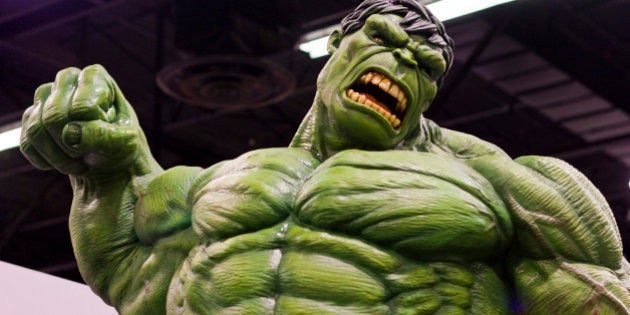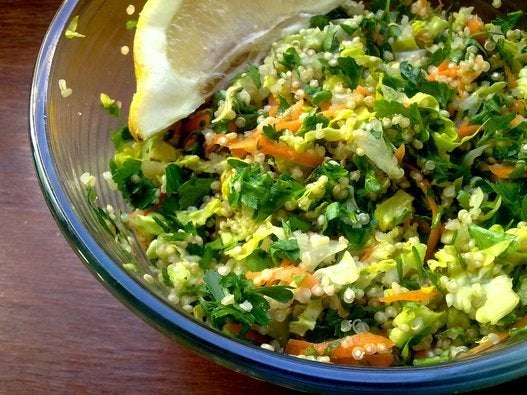
If you're a vegetarian looking to gain muscle mass, don't let animal protein stop you from achieving your body goals.
"Most vegetarian foods provide carbs, fats, fibre, vitamins and minerals in ample amounts, but not protein," says nutritionist Krupa Mhatre of Gold's Gym India. Mhatre has observed that several vegetarians who work out rely on protein supplements.
"But there there are several vegetarian foods, that are hugely underrated, even though they provide a good protein source to build muscle," she says.
While a leaf could be taken out of wrestling champion Sushil Kumar's dietary plans (the two-time Olympic medallist and his best buddy Yogeshwar Dutt are strict vegetarians), here are some more foods that put fitness-conscious vegetarians' minds at rest.
Here are five protein-rich foods that according to Mhatre will help gain muscle naturally.








Contact HuffPost India